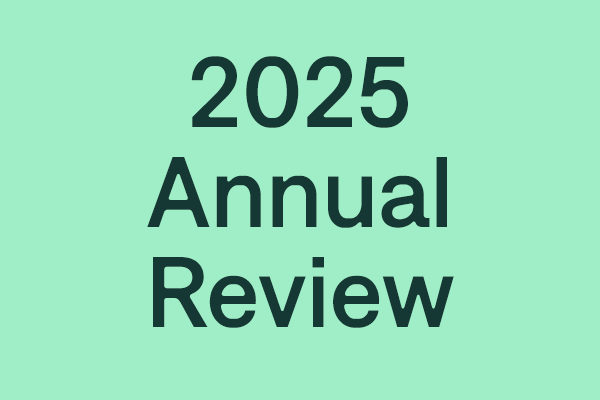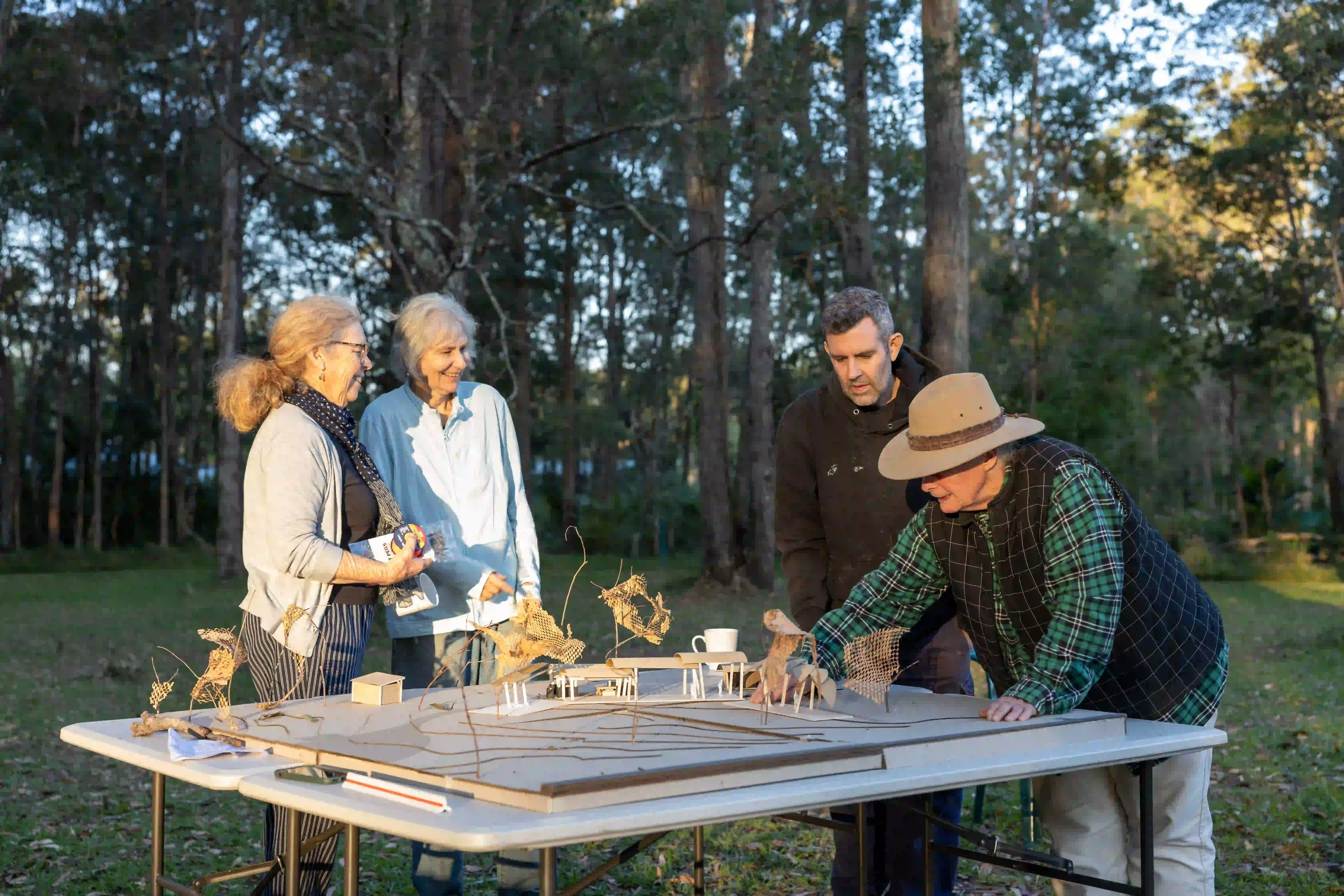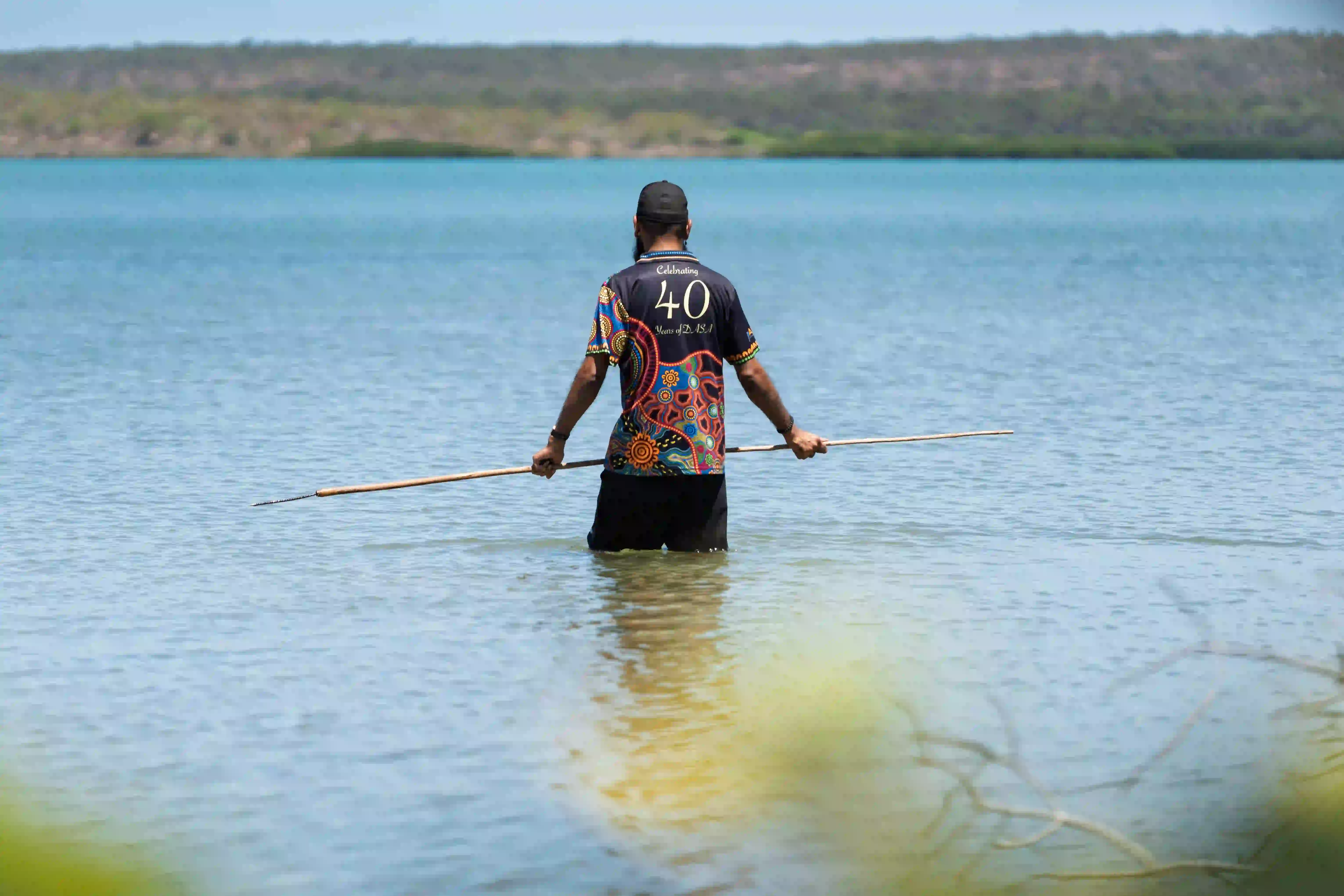A new report has revealed the stark choice facing many Australian women who have experienced domestic violence at the hands of their partner: do they stay and risk the violence continuing or even escalating, or leave and face the high probability of a life of ‘policy-induced poverty’?
The report, by renowned feminist and journalist Anne Summers AO is entitled The Choice: Violence or Poverty and is based on never-before published customised data from the Australian Bureau of Statistics.
Dr Summers, who undertook the research at UTS supported by a Paul Ramsay Foundation Fellowship, said the report’s findings signalled the need for urgent policy changes to ensure that women who wanted to leave violent relationships could do so without being forced into poverty, with devastating implications for them and their children that may last for generations.
Among the key findings (from ABS 2016):
- 275,000 Australian women had suffered physical and/or sexual violence from a current partner and while 90,000 of them wanted to leave, they felt unable to do so, with a quarter of them saying the main reason was lack of money or financial support.
- A further 82,000 temporarily separated but returned, again with 15 per cent of them saying they had no money or nowhere to go.
- 185,700 women with children aged under 18 were living as single mothers after leaving violent relationships. They represent 60 per cent of all single mothers, a far higher rate of violence than for any other group of Australian women. (The average rate is 1 in 6 women, or 17.3 per cent). It is important to note that these women were married or in de facto relationships when the violence occurred and are single now because of the violence.
- 67 per cent of these now single mothers had children in their care at the time of the violence and 88,000 women said their children saw or heard the violence.
- Although 60 per cent of the women who left are employed, their earnings are insufficient to support their families and 50 per cent of them rely on government payments as their main source of income. The ABS data shows that 48 per cent of these single mothers’ income was in the lowest quintile, meaning they earned $460 or less a week in household income.
- The data shows many could not pay their bills or heat their houses or register their cars. More than 17,000 women went without meals.
All of this is a consequence of them having left violent relationships.
Dr Summers said it was shocking that Australian society forced women to choose between staying in a violent relationship or risking poverty for them and their children. It was not surprising that a majority of women chose to remain in a violent relationship.
The findings support the need for an urgent overhaul of payments for single mothers who currently are forced off the already-low ($892.20 per fortnight) parenting payment single when their youngest child turns 8 and are expected to survive on a base payment of $691. The differing rates of indexation for the two payments means that women on JobSeeker are $100 a week worse off than women on the Parenting Payment.
“Rather than providing security or even much of a safety net for single mothers, the system creates, and then perpetuates, poverty and disadvantage,” Dr Summers said. “This in turn makes women more vulnerable to domestic violence, and also puts their children in a physically and developmentally dangerous situation with repercussions for the rest of their lives.
“We need to recognise that the 50 per cent of the single mothers in my study who rely on government payments as their main source of income are living in policy-induced poverty. We are spending millions of dollars each year on prevention and awareness campaigns, urging women to leave violent partners – but condemning far too many women to life on the edge of a financial cliff if they are brave enough to leave.”
PRF acting CEO Professor Kristy Muir said the report filled an important gap in research around domestic violence, with significant insights and implications for policy makers.
“This work delivers critical new analyses to help extend our evidence of the relationship between domestic violence and poverty, as we work with partners to fulfill our vision of breaking disadvantage in Australia,” she said.
“We know that being exposed to violence against a parent as a child can increase the likelihood of growing up to be either a victim or a perpetrator of violence. We need to ensure parents who are suffering from an abusive partner feel completely supported to escape, secure in the knowledge that they and their children will still have a roof over their heads, food in their bellies, and enough money to pay the bills.”











